Museums are not just repositories of art and history; they are gateways to a world of wonder, offering a delightful journey through time and culture. In recent years, the popularity of museums has seen a significant resurgence.
For instance, many art museums around the world have reported remarkable increases in attendance. The National Museum of Scotland, the Tretyakov Gallery in Moscow, and the National Museum of Modern and Contemporary Art in Seoul each saw visitor numbers soar by 199%, 21%, and 93% respectively from 2021 to 2022.
These institutions are more than just places to view artefacts; they are vibrant centers of education and inspiration. As attendance figures soar, it’s clear that the allure of museums endures, offering a chance to delve into the depths of history, art, and science in a uniquely engaging way.
Best Museums in the World
British Museum, London
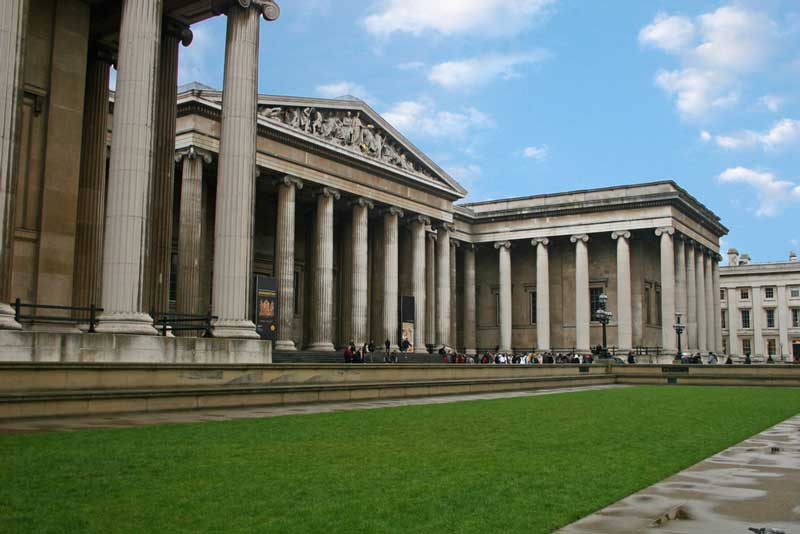
British Museum
The British Museum, established in 1753 in London, is renowned for its comprehensive collection of art and culture, documenting human history from its inception to the present. Its vast collection, approximately 8 million objects, includes the Rosetta Stone and the Elgin Marbles, making it one of the largest in the world.
The museum, originally based on Sir Hans Sloane’s collections, has continually expanded due to British colonization. It’s notable for being the first public national museum, free to the public and covering all fields of knowledge. In 2022, it welcomed over 4 million visitors, ranking third among the most-visited art museums globally.
Galleria Borghese, Rome
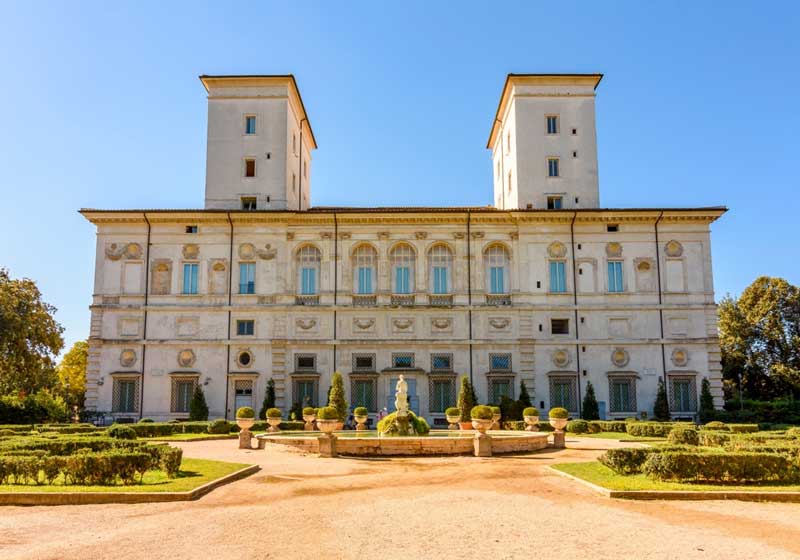
Galleria Borghese
The Galleria Borghese in Rome is a treasure trove of art, housed in the former Villa Borghese Pinciana. The gallery’s history is closely tied to the Borghese family, with a significant portion of its collection beginning with Cardinal Scipione Borghese, the nephew of Pope Paul V.
The gallery features a stunning array of paintings, sculptures, and antiquities, including masterpieces by Caravaggio, Canova, Raphael, and Bernini.
The Galleria Borghese’s twenty rooms, spread across two floors, are devoted to classical antiquities and sculptures from the 1st to the 3rd centuries AD, as well as baroque sculptures, particularly by Gian Lorenzo Bernini.
Notable pieces include Bernini’s dynamic “Rape of Proserpina,” “Apollo and Daphne,” and “David.” The Villa Borghese gardens, the third largest park in Rome, surround the gallery, adding to its appeal.
Palazzo Pitti, Florence
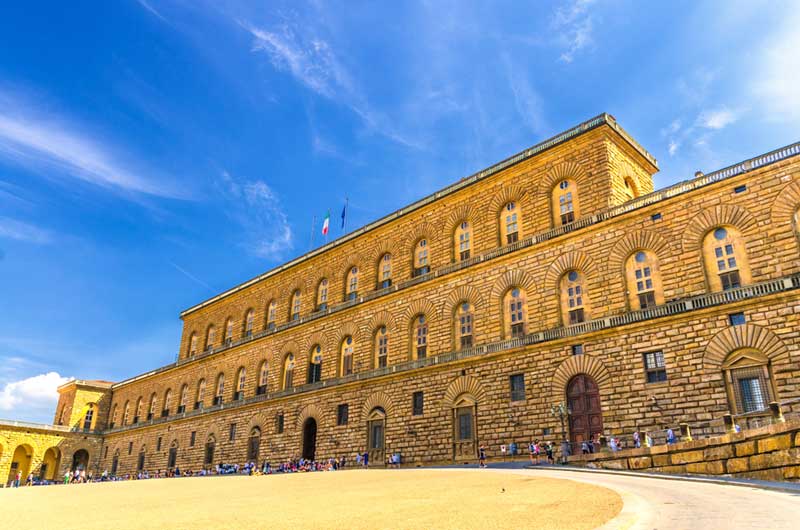
Palazzo Pitti
Palazzo Pitti in Florence, once a massive Renaissance palace, has transformed into an exceptional art museum. Originally commissioned in the 15th century by banker Luca Pitti, it became the main residence of Florentine rulers in the 16th century.
Today, it houses six different museums within its lavishly decorated rooms. The Galleria Palatina, arguably the most impressive of these, showcases over 500 paintings from the private Medici collection, featuring works by Raphael, Titian, Rubens, and Caravaggio.
The Palazzo Pitti stands as a testament to the grandeur of the Renaissance era and the enduring legacy of the Medici family’s patronage of the arts.
Museum of Qin Terracotta Warriors and Horses, Xi’An
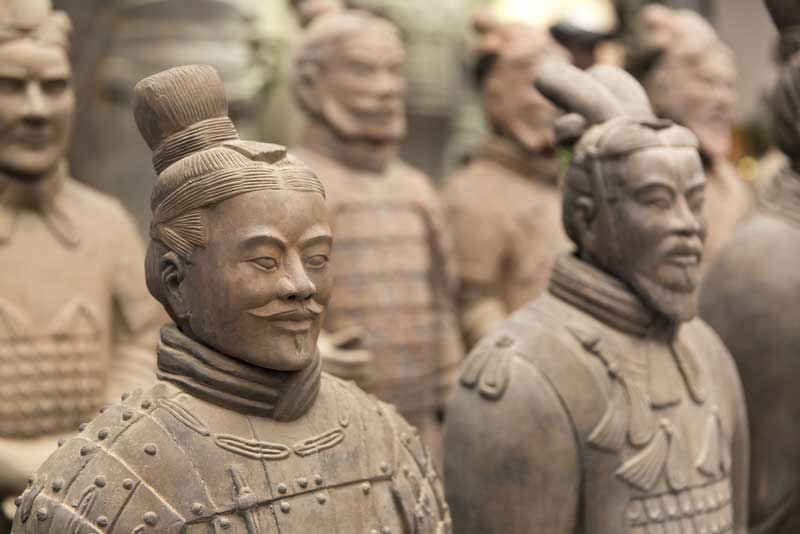
Museum of Qin Terracotta Warriors and Horses
The Museum of Qin Terracotta Warriors and Horses in Xi’An, China, is a site of extraordinary historical significance. This UNESCO World Heritage Site is home to the famous Terracotta Army, an enormous collection of approximately 8,000 life-size terracotta sculptures arrayed in battle formations.
The museum comprises four main pits, with Pit No. 1 being the largest and most impressive, housing around 2,000 figures.
The Terracotta Army, a part of the mausoleum of the First Emperor of China, Qin Shi Huang, offers a unique glimpse into ancient Chinese art and history, representing one of the most significant archaeological discoveries of the 20th century.
Galleria dell’Academia, Florence
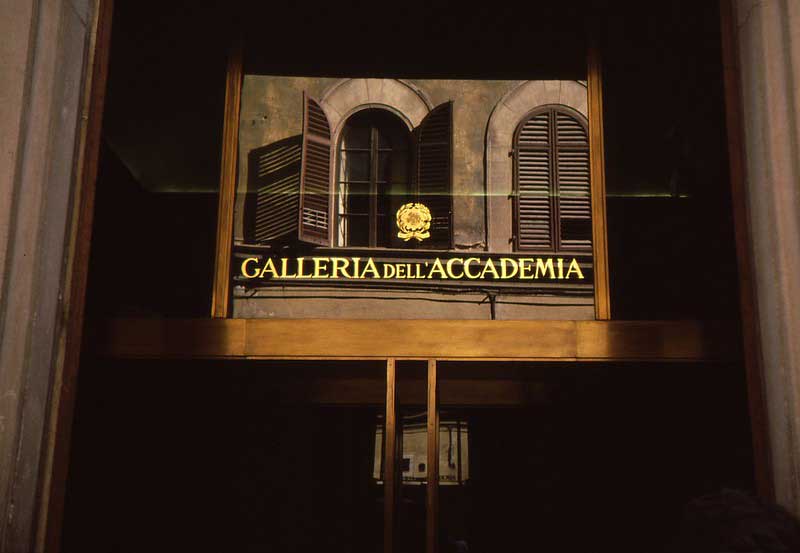
Galleria dell’Academia
The Galleria dell’Academia in Florence is renowned for housing Michelangelo’s iconic sculpture of “David.” As the second most visited art museum in Italy, it holds a special place in the heart of art enthusiasts.
The gallery, although relatively small, features a collection of sculptures, including Michelangelo’s unfinished “Slaves,” and a selection of paintings by Florentine artists. The highlight, however, remains the 5.17-meter-tall “David,” a masterpiece of Renaissance sculpture that has become a symbol of strength and youthful beauty.
The Galleria dell’Academia offers visitors an intimate experience with some of the finest works of Michelangelo.
Victoria and Albert Museum, London
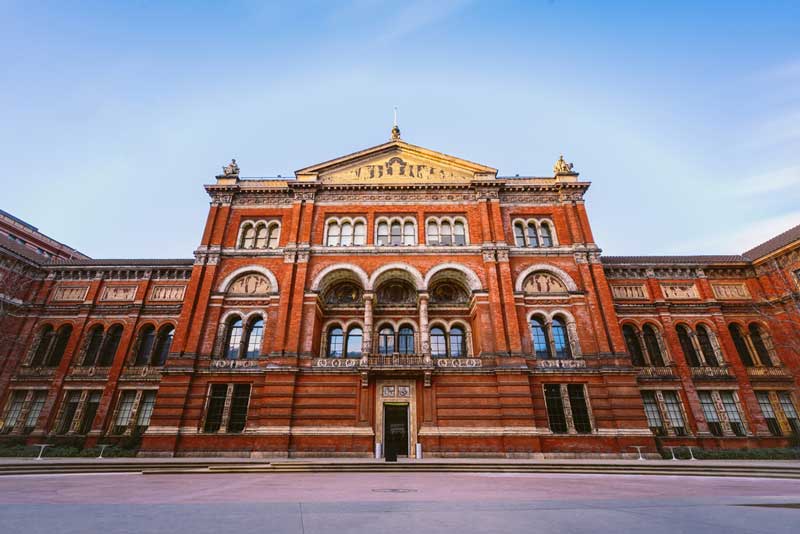
Victoria and Albert Museum
The Victoria and Albert Museum in London, affectionately known as the V&A, is a vast repository of decorative arts and design, covering over 3,000 years of human creativity.
The museum’s permanent collection, which is free to the public, includes over 4.5 million objects, showcasing a diverse range of items like furniture, ceramics, photography, sculpture, silver, ironwork, jewelry, and paintings.
One of the highlights is Tippoo’s Tiger, a remarkable piece from Mysore, India, dating back to circa 1795. The V&A is not just a museum; it’s a celebration of art and design, showcasing the creativity and craftsmanship of different cultures and periods.
Tate Britain, London
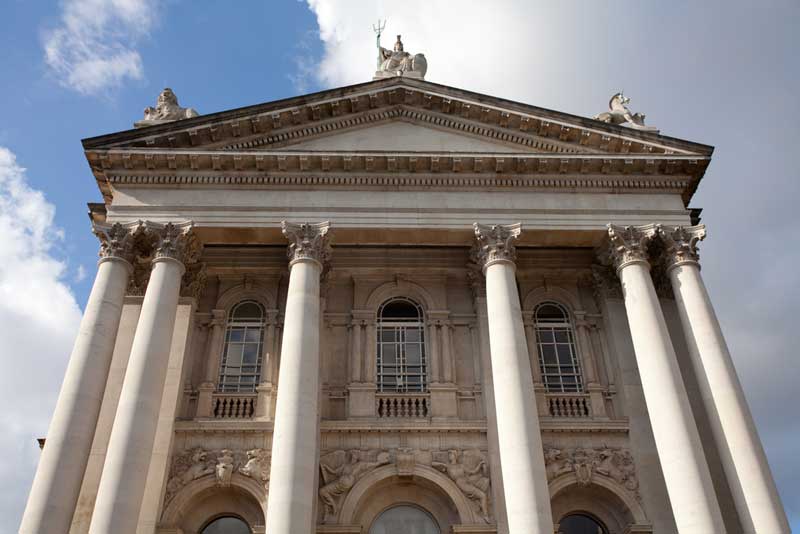
Tate Britain
Tate Britain, located in London, is an art museum dedicated to British art from 1500 to the present day. Known initially as the National Gallery of British Art, it was renamed Tate Britain in 2000. This gallery is part of the Tate network, including Tate Modern, Tate Liverpool, and Tate St Ives.
Tate Britain is notable for its substantial collection of J. M. W. Turner’s works, who bequeathed his collection to the nation. With a history dating back to its opening in 1897, the gallery underwent significant renovations in 2013, enhancing its display and visitor facilities.
The museum hosts the controversial annual Turner Prize exhibition and provides an engaging Late at Tate Britain event monthly.
Vatican Museums, Vatican City
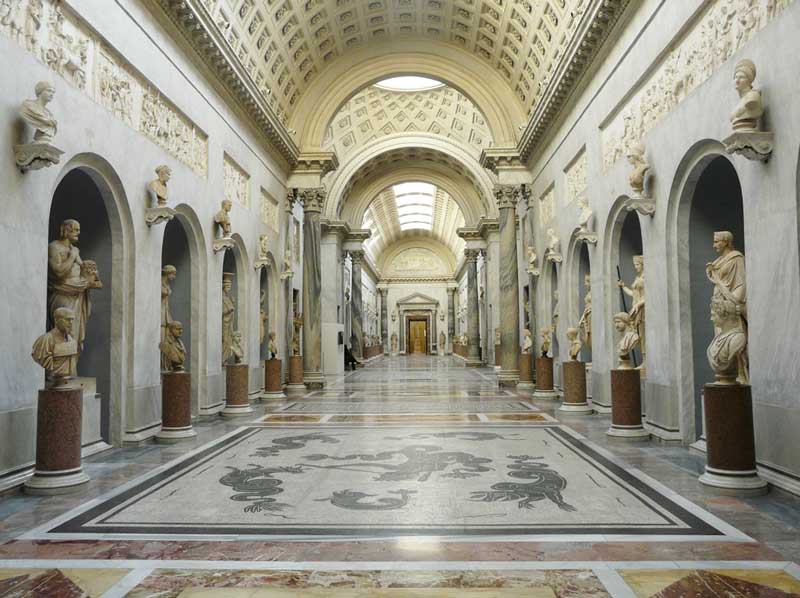
Vatican Museums
The Vatican Museums in Vatican City showcase an immense collection of art and artifacts gathered by the Catholic Church and the papacy over centuries. Established in the early 16th century by Pope Julius II, these museums are a repository of some of the most significant Renaissance art and Roman sculptures.
The collection, which numbers around 70,000 works, includes the renowned Sistine Chapel with Michelangelo’s frescoes and the Raphael Rooms.
In 2022, the Vatican Museums were one of the most visited art museums globally, displaying about 20,000 pieces of their vast collection at any given time. The museums are a testament to the cultural and artistic legacy of the Catholic Church.
Bargello National Museum, Florence
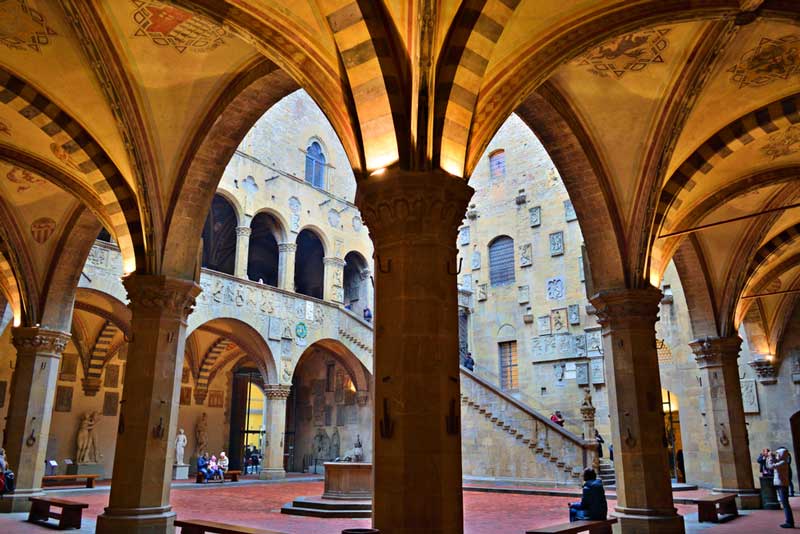
Bargello National Museum
The Bargello National Museum in Florence, originally a barracks and prison, is now a renowned art museum. Opened in 1865, it boasts the largest collection of Gothic and Renaissance sculptures in Italy, from the 14th to the 17th century.
The museum’s highlights include masterpieces by Michelangelo, Donatello, and the Della Robbia family. Notable works like Michelangelo’s “Bacchus” and Donatello’s “David” are part of its extensive collection. The Bargello is also significant for its architecture, being the oldest public building in Florence, with a history dating back to 1255.
Louvre Museum, Paris
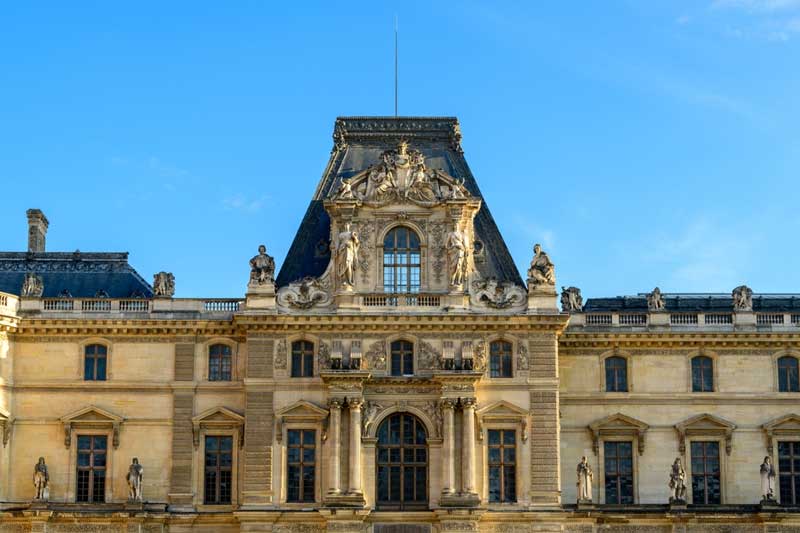
Louvre Museum
The Louvre Museum in Paris, originally a fortress in the 12th century, evolved into the magnificent art museum we know today. Housing about 35,000 artworks, including iconic pieces like the Mona Lisa and Venus de Milo, it offers a journey through Western art history.
The museum’s structure, including the famous glass pyramid, has evolved over centuries, reflecting France’s rich history and architectural developments. In 2023, the Louvre attracted 8.9 million visitors, maintaining its status as a global art beacon.
Metropolitan Museum of Art, New York City
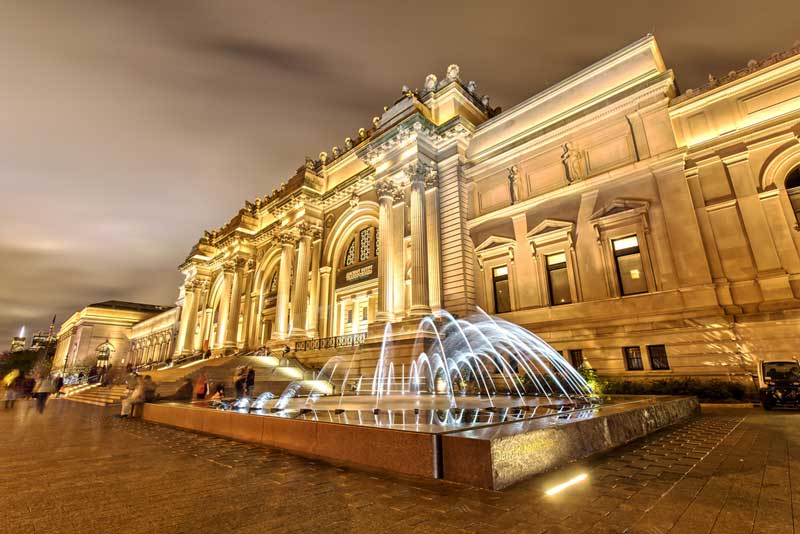
Metropolitan Museum of Art
The Metropolitan Museum of Art in New York City, often referred to as “The Met,” is one of the world’s largest and most comprehensive art museums. Established in 1870, its collection spans over 5,000 years of world culture, housed in an iconic building on Fifth Avenue.
The Met’s collection, exceeding two million works, includes American decorative arts, arms and armor, costumes, Egyptian art, musical instruments, photographs, and much more. It’s divided among 17 curatorial departments, attracting millions of visitors annually.
The museum is known for its extensive holdings of African, Asian, Oceanic, Byzantine, and Islamic art, making it a cultural hub for art enthusiasts globally.
Prado Museum, Madrid
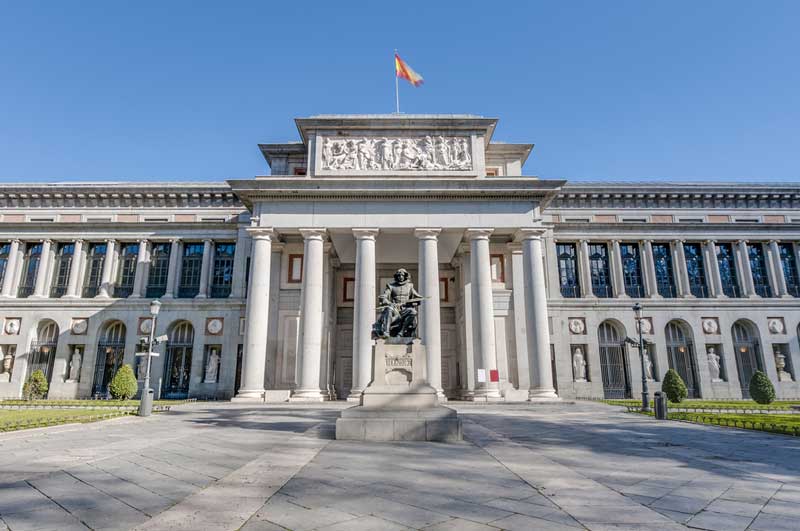
Prado Museum
The Prado Museum in Madrid is a prominent Spanish national art museum, renowned for its extensive collection of European art dating from the 12th to the early 20th century. It originated from the Spanish royal collection and now boasts around 8,200 drawings, 7,600 paintings, 4,800 prints, and 1,000 sculptures.
Key artists represented include Francisco Goya, Hieronymus Bosch, El Greco, Peter Paul Rubens, Titian, and Diego Velázquez. Established in 1819, it also features Italian masters brought to Spain by Velázquez.
The museum experienced a significant attendance drop in 2020 due to the COVID-19 pandemic but remains one of the most visited art museums globally.
Hermitage Museum, Saint Petersburg
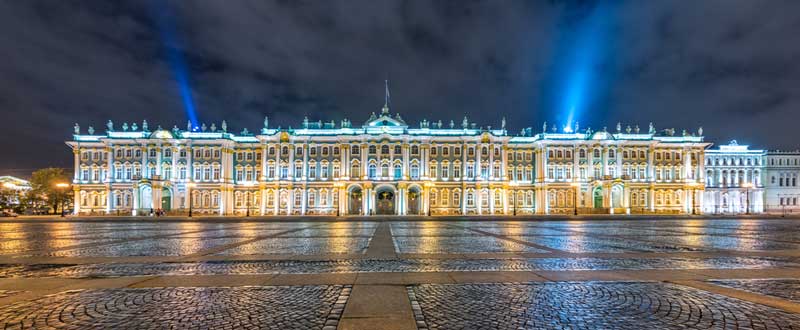
Hermitage Museum
The Hermitage Museum in Saint Petersburg is one of the largest and oldest museums in the world. Founded in 1754 by Catherine the Great, it opened to the public in 1852. Its extensive collection includes over 3 million items, spanning the Stone Age to the modern day.
The museum is housed across several buildings, the most prominent being the Winter Palace, a former residence of Russian emperors. It features works by Leonardo da Vinci, Michelangelo, Raphael, and Rembrandt, among others.
The Hermitage is renowned not only for its rich collection of Western European art but also for its significant holdings in Russian and Eastern European art, archaeology, and numismatics.
Uffizi Gallery, Florence
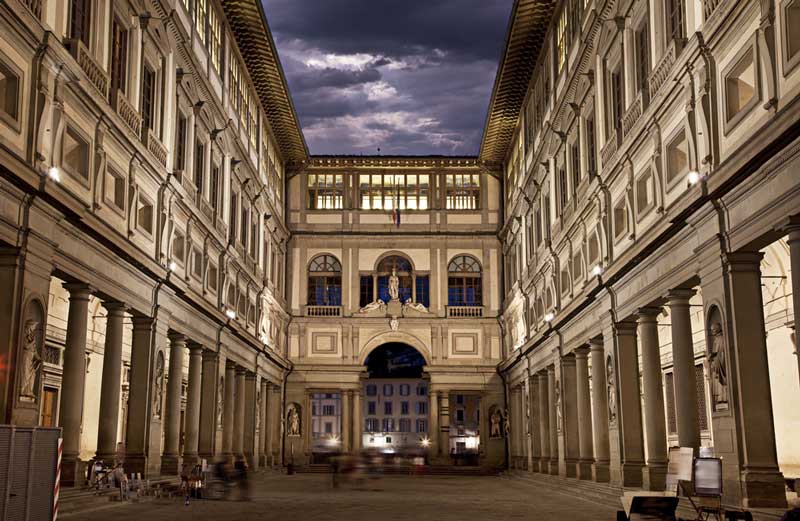
Uffizi Gallery
The Uffizi Gallery in Florence is one of the most significant and well-known art museums globally, renowned for its unparalleled collection of Italian Renaissance art. Established in 1581, it was initially designed by Giorgio Vasari for Cosimo I de’ Medici to consolidate various administrative offices.
The Uffizi became a museum in 1865, showcasing artworks donated by the last Medici heiress, Anna Maria Luisa. The gallery’s collection includes masterpieces by artists such as Michelangelo, Leonardo da Vinci, and Sandro Botticelli.
The Uffizi has undergone extensive renovations, including the Nuovi Uffizi project, to expand and modernize its exhibition space.
Rijksmuseum, Amsterdam
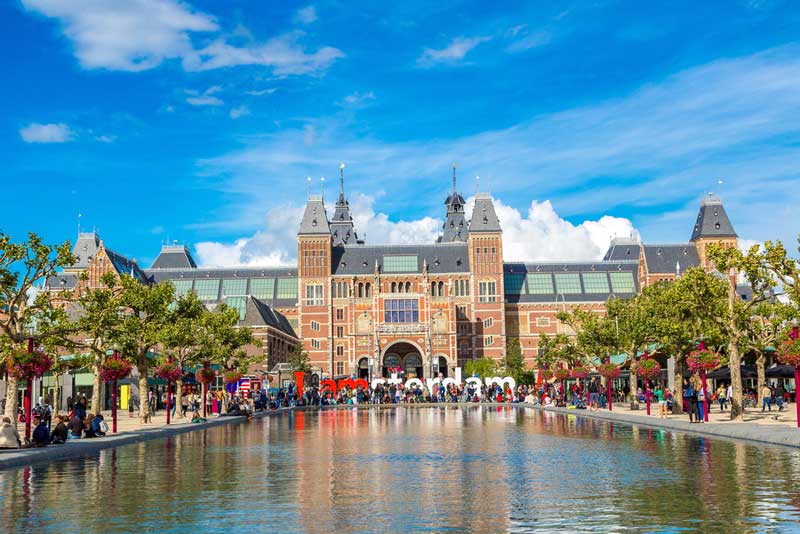
Rijksmuseum
The Rijksmuseum in Amsterdam is one of the most renowned art museums in the world. It houses an extensive collection of art and historical artifacts, with a particular emphasis on Dutch art.
The museum’s collection includes masterpieces by Rembrandt, Vermeer, and other Dutch masters. The Rijksmuseum underwent a significant renovation and reopened in 2013, offering a modern and accessible experience to its visitors.
The museum is not only a repository of art but also serves as a center for research and cultural education, attracting millions of visitors annually.
Museum of Modern Art (MoMA), New York City
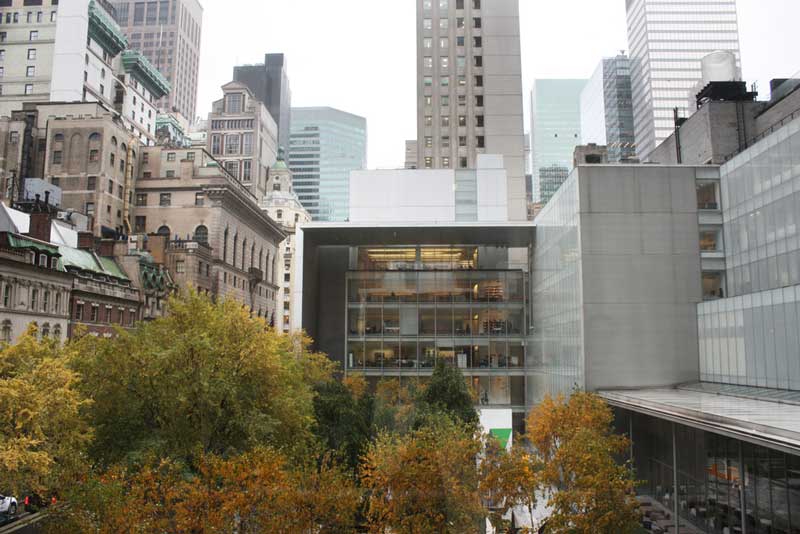
Museum of Modern Art (MoMA)
The Museum of Modern Art (MoMA) in New York City, established in 1929, is a pioneering institution devoted to modern art. Conceived by Abby Aldrich Rockefeller and two friends, it initially faced financial challenges but was supported by John D. Rockefeller Jr.
MoMA is known for its significant role in promoting modern art, with landmark exhibitions and a comprehensive collection that includes works from the late 19th century to the present. The museum underwent major expansions in the 1980s and early 21st century, nearly doubling its space for exhibitions and programs.
In 2022, MoMA was the 17th most-visited art museum globally and the 4th most-visited museum in the U.S., showcasing over 200,000 works.
Art Institute of Chicago, Chicago
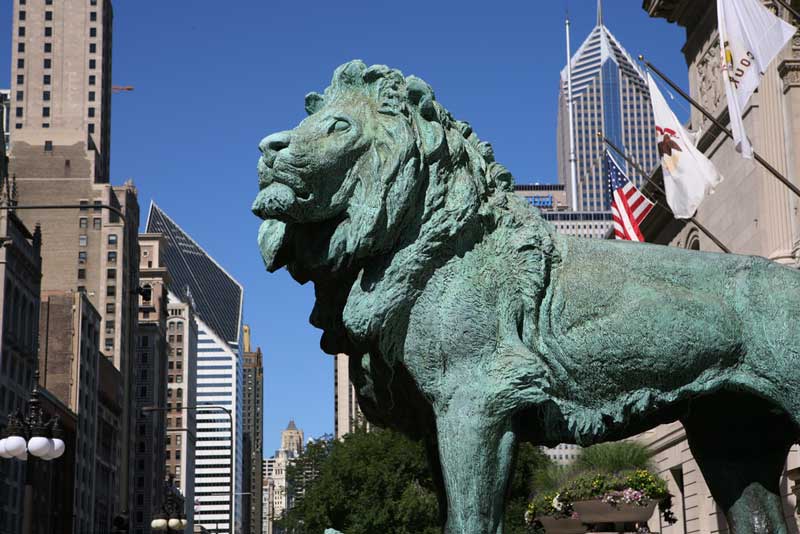
Art Institute of Chicago
The Art Institute of Chicago, one of the oldest and largest art museums in the U.S., is renowned for its extensive collection of artworks. Established in 1879, the museum houses more than 300,000 works of art, spanning thousands of years.
It features a diverse range of artistic expressions, including paintings, prints, photography, textiles, architectural drawings, and sculptures. The museum is particularly famous for its Impressionist and Post-Impressionist paintings, including notable works by artists like Georges Seurat and Grant Wood.
The Art Institute of Chicago is not just a treasure trove of art but also a center for education and scholarship, offering various programs and resources for art enthusiasts and researchers.
Musée d’Orsay, Paris
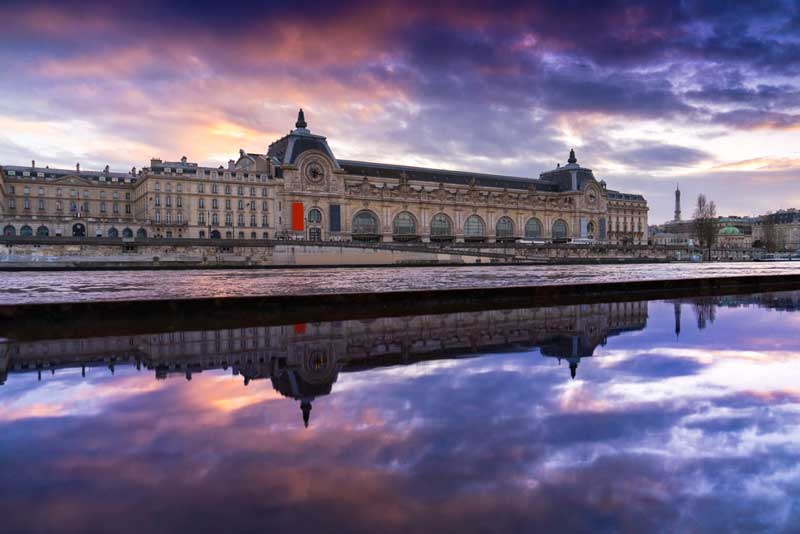
Musée d’Orsay
The Musée d’Orsay in Paris, housed in the former Gare d’Orsay railway station, is celebrated for its extensive collection of French art from 1848 to 1914.
This includes the world’s largest assemblage of Impressionist and Post-Impressionist masterpieces by luminaries like Monet, Manet, Degas, Renoir, Cézanne, Seurat, Sisley, Gauguin, and Van Gogh. It was inaugurated in 1986 and is one of Europe’s largest art museums, attracting 3.2 million visitors in 2022.
The museum’s setting and unique architectural transformation from a railway station to an art museum add to its allure.
National Gallery, London
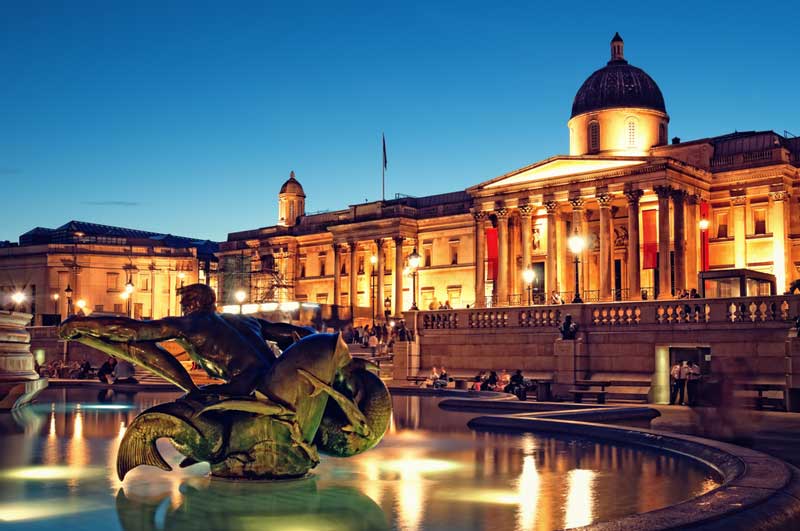
National Gallery
The National Gallery in London, situated in Trafalgar Square, was founded in 1824 and houses a rich collection of over 2,300 paintings dating from the mid-13th century to 1900.
Unlike other major national galleries, its collection was formed not from a royal or princely art collection but through government purchase and private donations. The gallery/museum is renowned for its comprehensive coverage of European painting, including seminal works by Giotto, Cézanne, and others.
The building itself, designed by William Wilkins, has undergone several expansions and refurbishments since its inception.
Final Thoughts
The world’s best museums offer a kaleidoscope of culture, history, and art, beckoning visitors from across the globe. Each museum presents a unique narrative of human creativity and achievement.
The transformative experience of visiting these institutions extends beyond mere observation; it’s an immersive journey through time and imagination. Whether showcasing Impressionist masterpieces or ancient artifacts, these museums stand as testaments to the enduring allure of exploring our world’s artistic and historical wonders.
